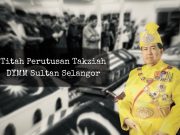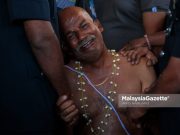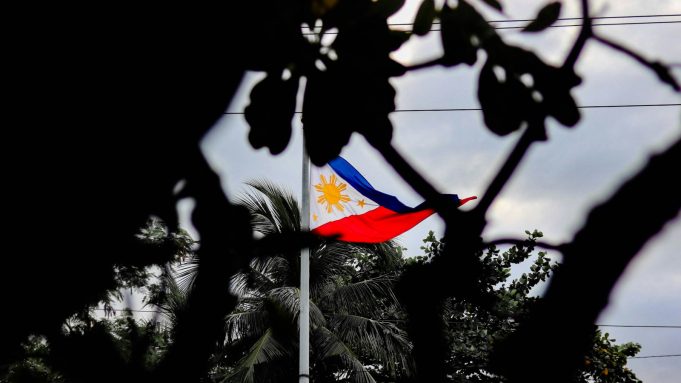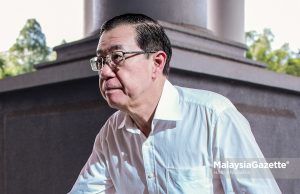By Sharon Pasion Vinluan
THE evolution of Filipino slang shows how language reflects and shapes the culture it belongs to. In the Philippines, slang plays a key role in building camaraderie, fostering inclusivity, and creating a shared identity across generations. From boomers to Gen Z and beyond, Filipino slang mirrors the nation’s adaptable nature—constantly changing. But what makes the Philippines stand out in terms of language variations? “Lingo,” as defined by the Cambridge Dictionary, refers to informal language containing unusual or technical expressions.
In the Filipino setting, slang shifts through a mix of local dialects, foreign influences, and digital communication trends, creating a vibrant and shifting vernacular. As a native speaker, I’ve personally witnessed how Filipino has shifted due to factors like globalization, media, and the influence of English and Spanish. Texting, social media, and pop culture have sped up these changes, introducing new forms of expression that are both light-hearted and meaningful.
Slang Across Generations: From Ludlings to Queer Lingo
Filipino slang has long reflected generational change. After World War II, as the country emerged from over 300 years of colonial oppression, the language of the streets began to reflect newfound freedom. Generation X took this further with the creation of ludlings—a playful form of backward speech that became part of everyday conversation. Phrases like “Nosi ba lasi?” (“Sino ba sila?” or “Who are they?”) and “Tomguts na ako” (“Gutom na ako” or “I’m hungry”) became popular among teens and even inspired OPM (Original Pilipino Music) hits.
By the time Millennials arrived, ludlings had been formally recognized as linguistic subversions, creating an exclusive social code. In the early 2000s, another slang wave emerged: gay lingo or swardspeak. Originating in LGBTQ+ communities, swardspeak gained popularity even among heterosexual Filipinos, becoming a kind of cultural shorthand for modern urban youth.
For many parents and religious groups, this slang was baffling and even controversial. Terms like “charot” (a playful expression of disbelief), “churva” (meaning “I have no words”), and “gora” (meaning “let’s go”) both puzzled and intrigued listeners. Despite criticisms, gay lingo became a defining feature of Filipino slang, showing the inclusivity and humor that characterize our language.
The Digital Age: Enter Gen Z and Skibiidi
Today, Gen Z and Gen Alpha are leading the charge in shaping Filipino slang. What’s notable about this generation is the blend of global and local influences. With platforms like TikTok and YouTube, slang terms like “skibiidi” have made their way into conversations, often used without much meaning but to foster a sense of belonging within online communities.
Here, language goes beyond communication—it becomes a cultural marker. Words like “skibiidi,” “fanum tax,” and “Ohio” highlight how the digital world is reshaping slang in ways that are playful and subversive. This type of slang is often an inside joke, a means for Gen Z to assert their cultural identity. In the Filipino setting, this blend of English, Tagalog, and meme-inspired jargon demonstrates how language creatively merges global and local trends. Phrases like “Mga
Pinoy simps need to be bussin’ sa Gen Z slang” show how fluid language has become, blending Filipino words with Gen Z slang to create something uniquely their own.
Embracing Change
These changing phrases, while light-hearted and sometimes puzzling, serve a deeper purpose. They bring people together, forming subcultures and fostering a sense of belonging across generations. Whether it’s the backward speech of Boomers, the queer lingo of Millennials, or the ever-changing slang of Gen Z, these expressions capture the shared experiences of each era.
In a world that often feels divided, language—especially slang—remains a powerful tool to bring people closer. It builds camaraderie, encourages inclusivity, and helps us connect with one another, even across vast differences. So, the next time you hear someone say ‘skibiidi’ or ‘charot,’ remember: it’s not just a
passing trend. It’s part of a long tradition of shifting language that brings us all a little closer together.

The author is a language lecturer at the Department of Asian and European Languages, Faculty of Languages and Linguistics, Universiti Malaya

















